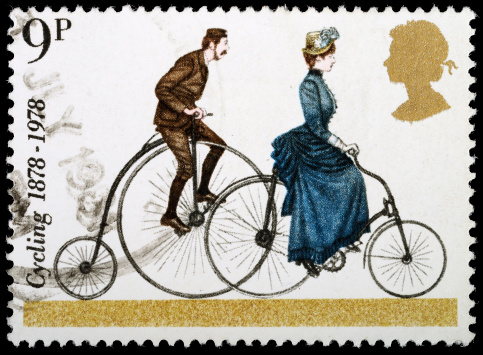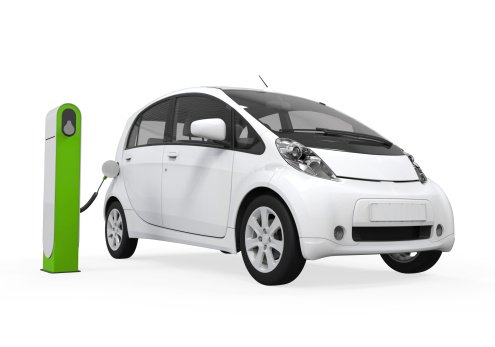The first road transport was people riding horses and oxen.
Wheels were invented about 7000 years ago
Simple 2 wheeled carts were used about 5000 years ago
Chariots came soon after.
Then 4 wheeled wagons pulled by oxen appeared.
As roads improved, so did road transport
Chariots and horse drawn coaches
Thousands of years ago the people of Egypt and Greece rode in chariots.
Coaches drawn by horses were used for hundreds of years.
These coaches were used in the1600s
In the 1700s coaches used for long-distance travel were called 'stage coaches' because the journey was undertaken in stages. At each stage, passengers could get on or off, and teams of horses were changed so -that speed could be maintained.
Stagecoaches carried the mail as well as passengers, and travelled at an average speed of about 11 kilometres an hour. Twenty five kilometres per day was considered a good day's travel. One of the first stagecoach companies in Australia was Cobb and Co.
1839 Macmillan's Bicycle
Macmillan’s bicycle was of the early model bicycles with pedals. These pedals worked in an up and down motion. Macmillan was charged with 'furious driving' for going too fast!
1870 The penny-farthing bicycle.
A penny farthing bicycle on the left, and a later two-wheeled bicycle with a chain to the right. Getty Images
The correct name for the penny -farthing was the ordinary bicycle. 'Penny -farthing' is a nickname for the bicycle after the largest coin in use, the penny, and the smallest coin, the farthing.
At first, bicycles were thought of just as entertainment but as roads improved in cities and towns the bicycle became a popular means of transport.
1886
The first petrol driven car was designed and built by a German engineer, Karl Benz. It had three wheels and seats for two people. It travelled at thirteen kilometres per hour. The car was built on a frame made of steel tubes and had a steering lever.
Read about Karl Benz here
A later car by Benz 1891. Benz's four-wheeled car named the VELO was the first car built in large numbers
An early petrol-driven motor bike invented by Daimler. 1885
1908: The Model T
A 1915 Model T by Henry Ford © iStock
The Model T was invented by Henry Ford, and has the nickname the Tin Lizzie. They were mass-produced on an assembly line which revolutionised manufacturing and made cars affordable for ordinary people. By the mid-1920s half of all cars in the world were Model Ts!
On a Henry Ford assembly line a Model T could be put together in about 90 minutes. Other manufacturers soon copied this assembly method making it easier for millions of cars to be mass produced.
Read about Henry Ford here
Here is an early model double-decker bus from the 1900s. Passengers who sat inside paid more than those who sat outside on the top deck.
Motor cars in Australia
The first cars arrived in Australia in the 1890s. The first were steam driven. By 1914 there were about 37000 cars and trucks in Australia. Most had been imported from the USA .
Holden Brothers began making car bodies in Australia for an American company in 1917. The first mass produced car in Australia was the Holden. The first one ran off the assembly line on 29 November 1948 at the factory at Fisherman's Bend, Melbourne.
Read about Holden cars in Australia
http://www.abc.net.au/news/2013-12-11/timeline-holden-history/5150240
This Holden produced ute dates back to 1950s
Read about the invention of the Aussie 'ute' (utility vehicle) in 1934.
Not the first ute in the world!
http://www.outbacktravelaustralia.com.au/buyers-guide-buying-advice/the-true-history-of-the-ute
As the number of road accidents increased, road rules had to be introduced.
As the number of cars on the roads increased, traffic accidents became common. Road laws had to be introduced to keep drivers, their passengers and pedestrians safe.
Traffic Lights
To help control traffic, the first traffic lights in Australia were installed in Melbourne in 1928.
The first electric traffic lights were in use in 1912 in Salt Lake City in the USA. They were invented by a Lester Wire, a policeman.
Motor scooter ©iStock
Motor scooters became popular in the 1960s
The first freeways were built in the 1960s to improve the flow of traffic in and around cities.
In the 1990s people began looking for alternatives to petroleum driven engines.
Electric cars
Electric cars use one or more electric motors using electrical energy stores in on board batteries. Electric cars are cleaner than petrol powered cars and help reduce air pollution because they don't emit harmful gasses into the air from their exhaust. As better batteries are developed the cars will be lighter, cheaper to make and will be able to travel further without needing to be recharged.
An electric car being recharged at a charge centre. Image©Getty
It’s a good idea to get information from more than one source!
Read about electric cars and other electric vehicles (EVs) in Australia
https://www.endeavourenergy.com.au/your-energy/electric-vehicles-explained
Read the kidcyber pages
What are Hybrid cars?
Hybrid cars use a combination of petrol and electricity for the energy to run. Hybrids have electric wheel motors and a regular internal combustion engine. The result: the car uses less fuel and produces less pollution.
There are diesel-electric buses too.















